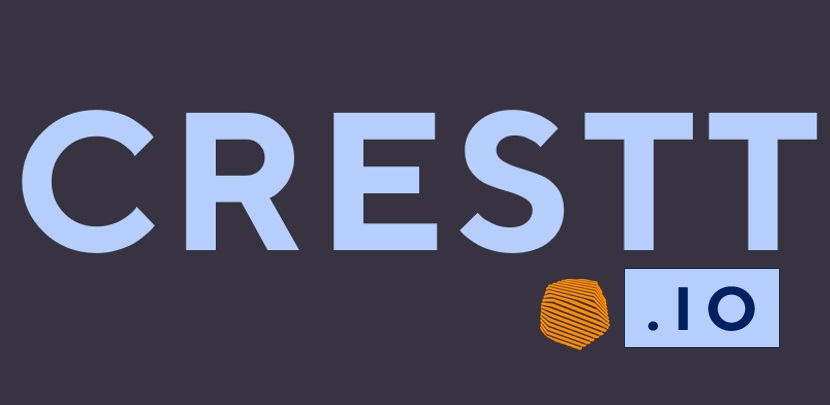CRESTT, steadfast in its commitment to fostering awareness and critical thinking, has developed a comprehensive suite of conference services that shed light on these critical issues.
Webinar: "Decentralization Technology and the Global Transition of Capital Allocation: The Challenges of the West and the East"
Introduction (10 minutes)
- Welcome and introduction of the topic
- Overview of decentralization technology and its relevance to global capital allocation
- Objectives and structure of the webinar
Part 1: Understanding Decentralization Technology (15 minutes)
- Definition and core principles of decentralization technology
- Key components: blockchain, cryptocurrencies, smart contracts, and decentralized applications (DApps)
- The rise of decentralized finance (DeFi) and its global impact
Part 2: The Global Transition of Capital Allocation (20 minutes)
- Shifts in capital flows: traditional vs. decentralized systems
- Impact of decentralization on global financial markets and capital allocation
- Case studies of significant capital transitions facilitated by decentralization technology
Part 3: The Challenges of the West (20 minutes)
- Regulatory hurdles: navigating the evolving landscape
- Institutional adoption and resistance: challenges faced by traditional financial institutions
- Technological and infrastructural barriers: integrating decentralized technologies into existing systems
- Economic implications: impact on Western economies and financial stability
Part 4: The Challenges of the East (20 minutes)
- Regulatory frameworks and government policies: navigating different approaches
- Adoption rates and technological readiness: varying levels of acceptance and implementation
- Cultural and economic factors influencing the adoption of decentralization technology
- Case studies: examples from leading Eastern economies (e.g., China, Singapore, India)
Part 5: Comparative Analysis: West vs. East (20 minutes)
- Key differences in regulatory approaches and market dynamics
- Comparative advantages and disadvantages of each region
- Potential for collaboration and convergence in the adoption of decentralization technology
- Impact on global capital allocation and financial stability
Part 6: Future Trends and Predictions (20 minutes)
- Emerging trends in decentralization technology and capital allocation
- Potential developments in regulatory and policy frameworks
- Predictions for the future of global capital flows and the role of decentralization
- Strategic recommendations for stakeholders in both the West and the East
Q&A Session (15 minutes)
- Open floor for questions from participants
- Discussion and expert insights
Conclusion (5 minutes)
- Summary of key points
- Final thoughts and recommendations
- Information about upcoming webinars and additional resources
"Integrating Blockchain with Traditional Asset Management Systems: A Roadmap"
Introduction (10 minutes)
- Welcome and introduction of the topic
- Importance of blockchain integration in asset management
- Overview of the webinar content
Part 1: Fundamentals of Blockchain Technology (20 minutes)
- Basic principles of blockchain technology
- Key features: decentralization, immutability, transparency
- Differences between public and private blockchains
Part 2: Benefits of Blockchain in Asset Management (20 minutes)
- Enhanced security and fraud prevention
- Improved transparency and accountability
- Cost efficiency and process automation
- Faster transaction settlements
Part 3: Roadmap for Integration (25 minutes)
- Assessing organizational readiness and setting objectives
- Identifying suitable blockchain platforms and technologies
- Steps for integration: planning, development, testing, deployment
- Key considerations: scalability, interoperability, compliance
Part 4: Best Practices and Pitfalls to Avoid (20 minutes)
- Best practices for a successful integration
- Common challenges and how to overcome them
- Ensuring data integrity and security
- Managing change within the organization
Part 5: Technological Infrastructure and Support (20 minutes)
- Required technological infrastructure and resources
- Partnering with blockchain solution providers
- Training and support for staff
- Ongoing maintenance and updates
Part 6: Case Studies and Real-World Implementations (20 minutes)
- Examples of successful blockchain integration in asset management
- Lessons learned from real-world implementations
- Impact on operations and performance
Q&A Session (15 minutes)
- Open floor for questions from participants
- Discussion and expert insights
Conclusion (5 minutes)
- Summary of key points
- Final thoughts and recommendations
- Information about upcoming webinars and resources

